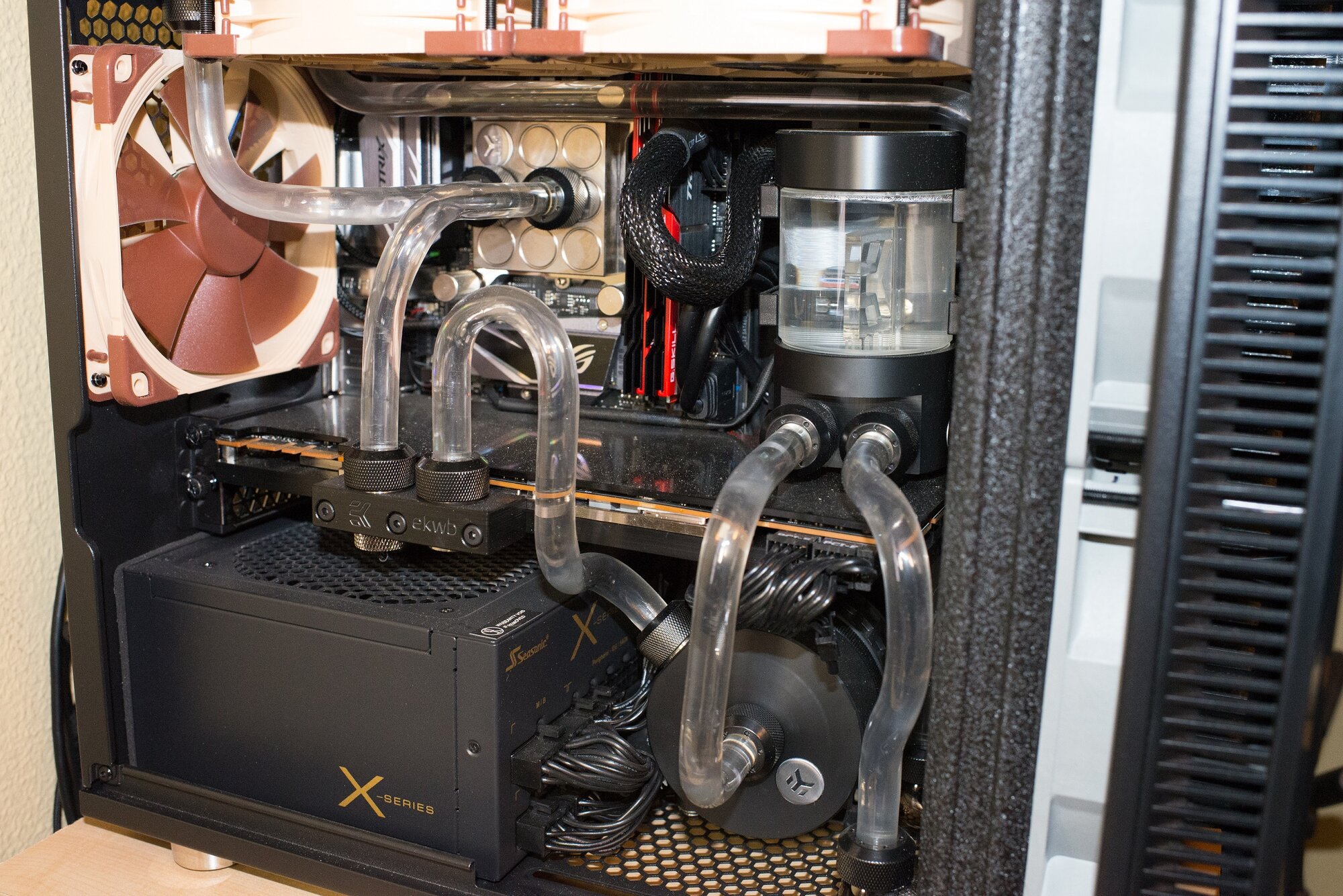My loop is just beginning to get cloudy. Is it safe to simply put in a tablespoon of bleach or use an algaecide? I'll do a complete flush in a few months.
Currently using distilled water and Primoflex LRT tubing and the included Utopia and no exposure to sunlight, so not sure what's causing the cloudiness.
Currently using distilled water and Primoflex LRT tubing and the included Utopia and no exposure to sunlight, so not sure what's causing the cloudiness.
Last edited:
![[H]ard|Forum](/styles/hardforum/xenforo/logo_dark.png)
